Blog Layout
Original versus Copied Documents
When submitting questioned handwriting documents the handwriting expert will ask for the original document. Original documents are always best because they provide the clearest visibility of the strokes ,pen lifts, pressure, eraser marks and other factors in the writing.
Unfortunately, very often, original documents have been destroyed or lost. The handwriting expert can work with copies and most often must do so. Original documents are ideal but not necessary to determine authenticity of a writing. Be sure to provide the best copy available of the handwriting. A scanned version is preferred over a faxed one as faxed copies often lack strong definition.

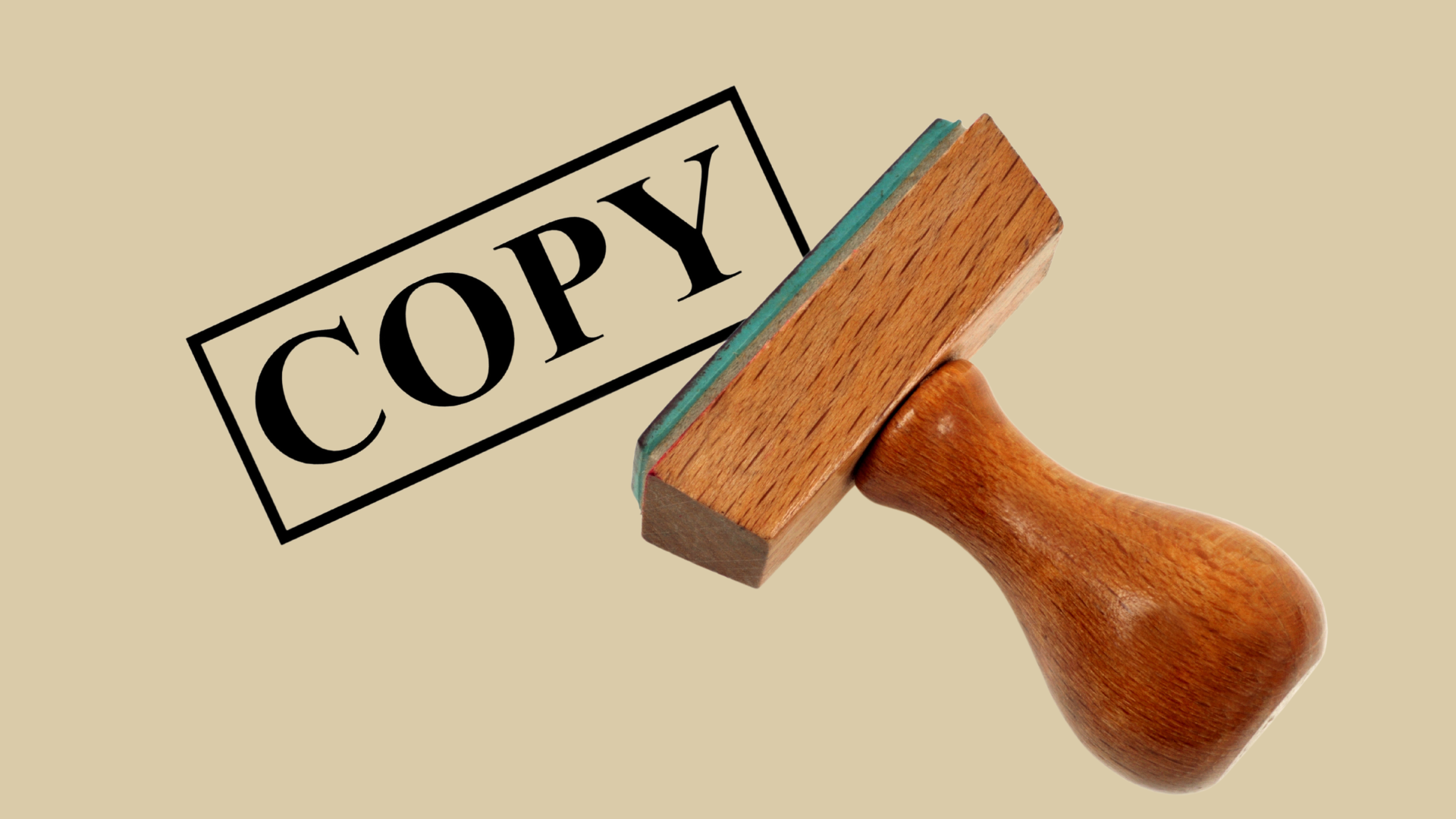
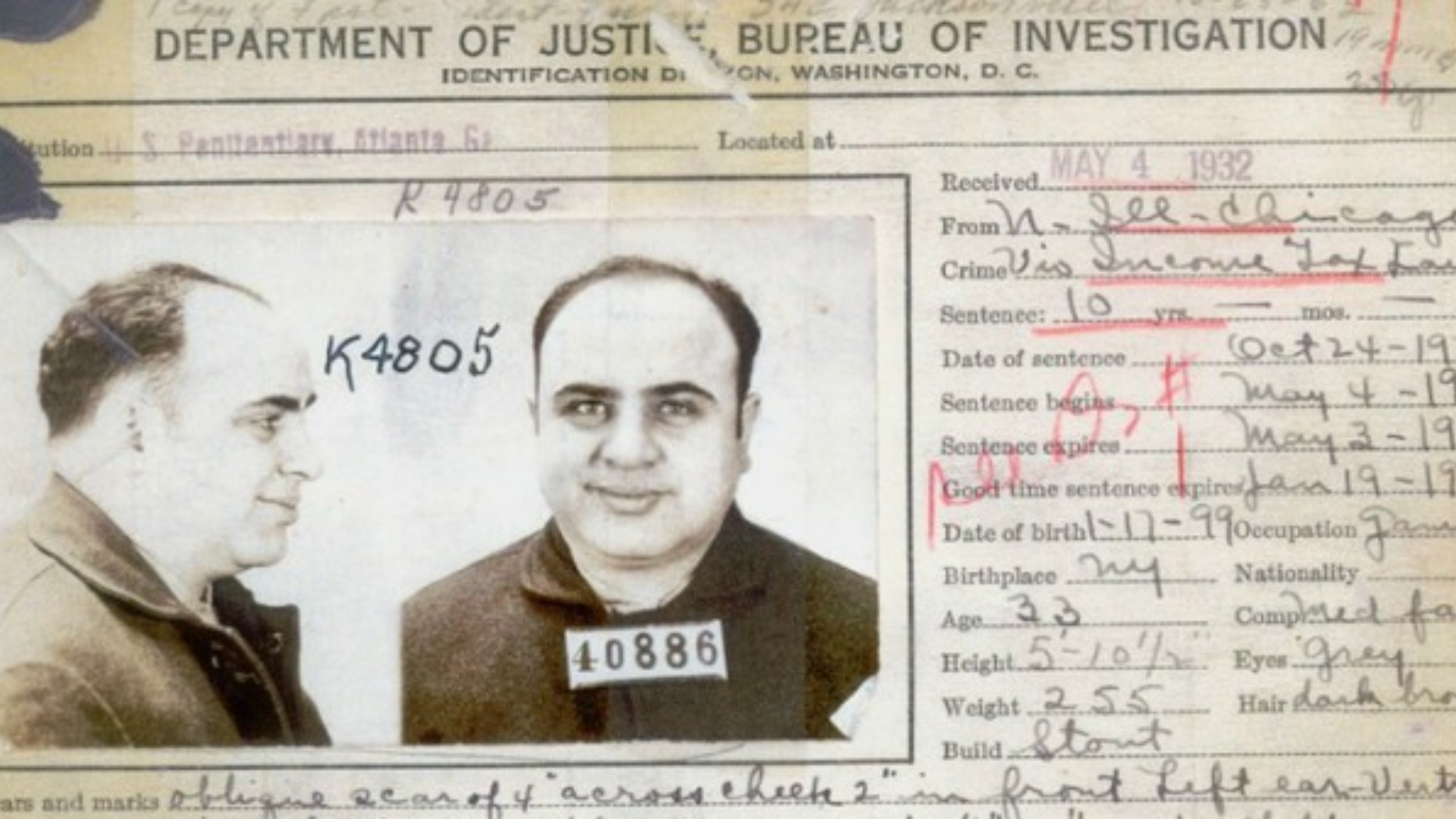
May 4, 2016
Did you know that it was forensic handwriting analysis that was key evidence in bringing down the Chicago gangster Al Capone? Federal Treasury Agents worked to gather evidence that Capone failed to pay his income taxes. Bureau of Revenue investigator Frank Wilson discovered that Capone did not maintain a bank account and never signed any checks or receipts. Although Capone lived a lavish lifestyle there was no evidence that he had any income. A key witness against him was a handwriting expert who compared handwriting on a ledger with that on deposit slips tying Capone to monthly income from a gambling hall. With this evidence they were able to convict Al Capone of income tax evasion and finally send him to prison.
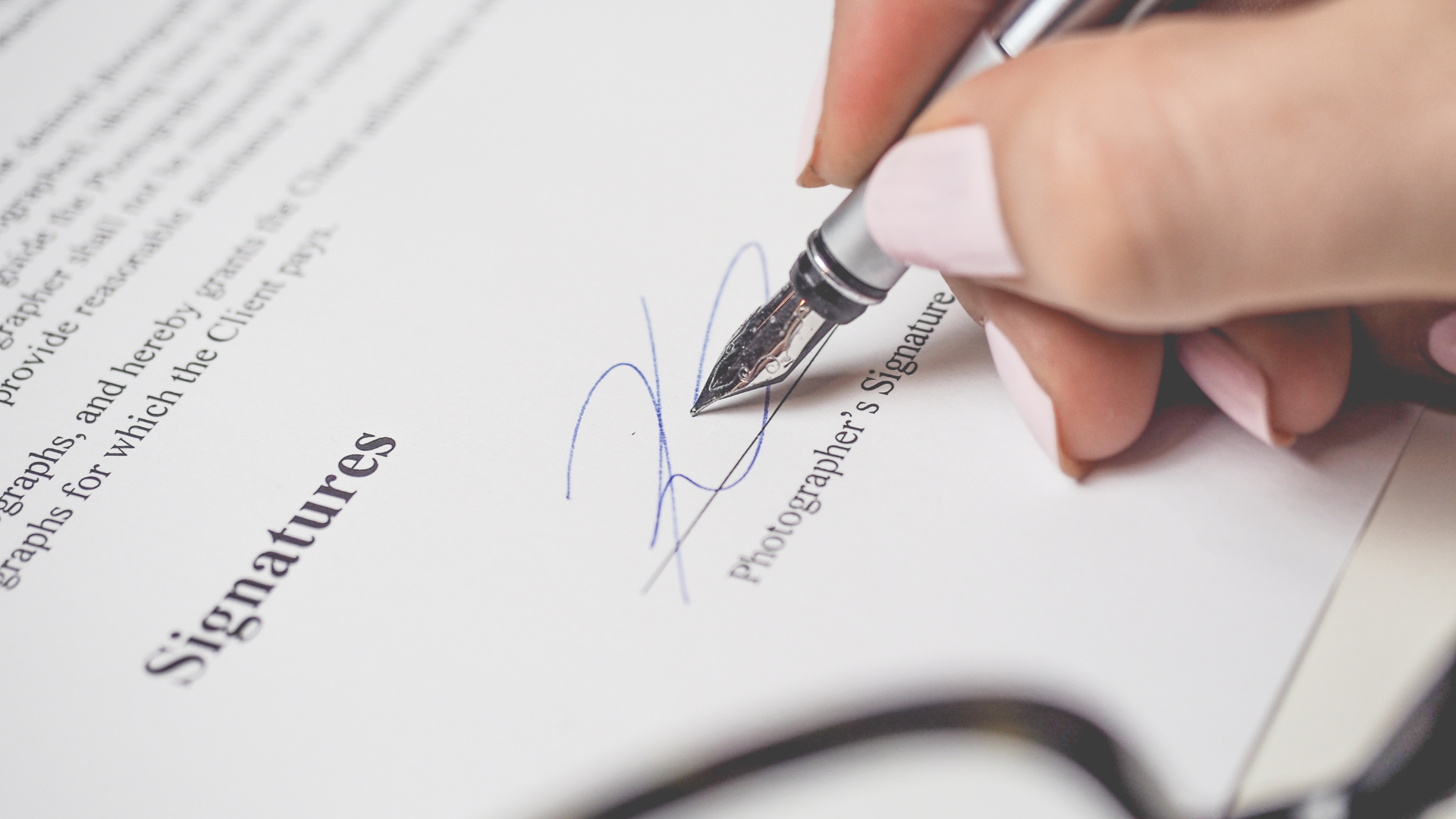
By Linda Spencer
•
April 27, 2016
How a person writes their signature tells a lot about how the person presents themselves to the world.. The analysis of a signature reveals how the person appears to be in public. The body of a page of writing reveals the real person. The signature reveals how they want to be perceived. This may be basically the same or it may be quite different from the body of the page of writing. For example many famous people write their signature large and with extra large

By Linda
•
September 8, 2015
Now and then I come across someone who has crossed a line through their signature. Sometimes the entire signature has a line or several lines through it, Sometimes just the first name or the last name is crossed through. What does this say about the writer? A line or even several lines crossing out the signature alerts me to the fact that the person is dealing with a desire to remake them self. Sometimes a line is crossed just through the first name which means the desire is in regard to remaking their personal self. If the line is only through the last name the desire is in relation their social self or the family name. This can occur when a woman is getting a divorce. She does not want to be associated with her husband or her husbands name If the signature is crossed so much that it is hard to tell what the name is, there is a problem that needs to be addressed as the person is literally crossing them self out. Fortunately I do not see this very often. Have you ever seen it? Do you do this?
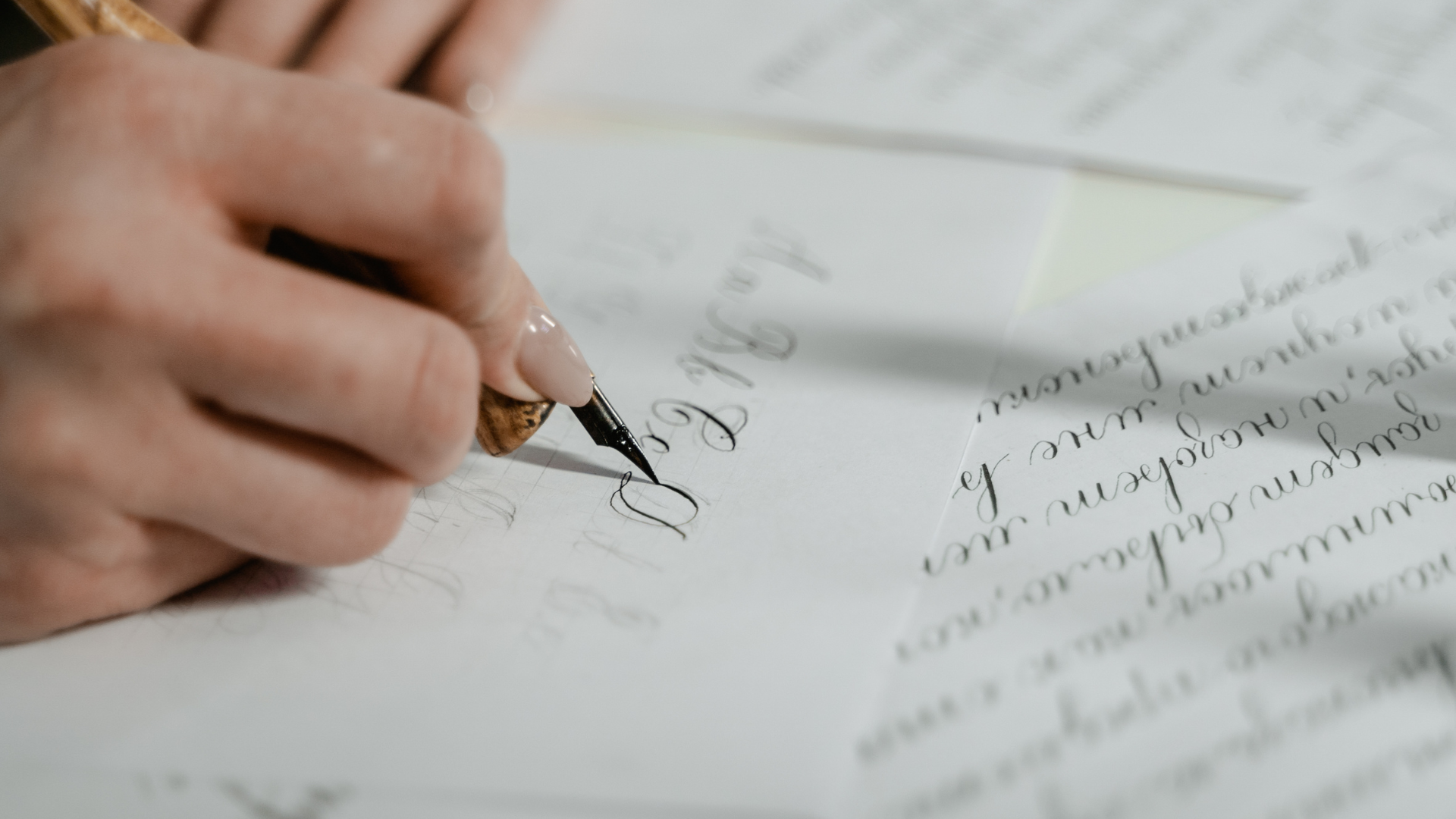
By Linda Spencer
•
April 16, 2015
Have you seen the handwriting samples of Robert Durst that are being used in his upcoming court case? Not only are the murder cases for which he is charged controversial but the use of handwriting as evidence is also controversial. You can be sure the defense will do their best to discredit the use of the handwriting samples.
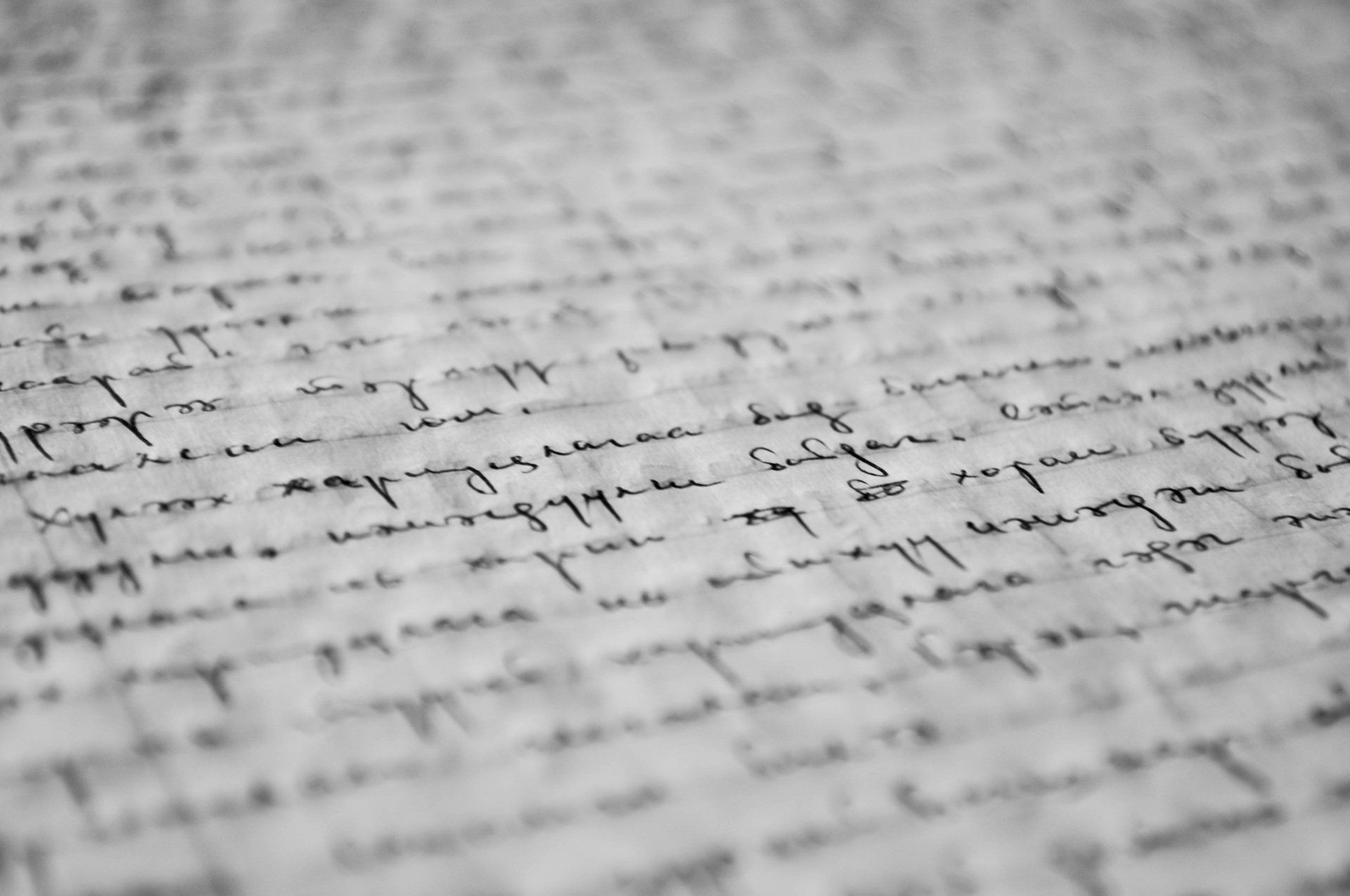
By Linda Spencer
•
January 23, 2015
Today , January 23rd, is National Handwriting Day so I want to share a fun and informative link on the history of handwriting.The article was published in 2012 but I am betting you didn't see it. It is very interesting to review how handwriting evolved in America. www.history.com/.../a-brief-history-of-penmanship-on-national-handwriting-day One of the best sourc es of information on cursive handwriting is Campaign for Cursive.com Here you will find information on peer reviewed research, help for teaching cursive, top 10reasons why cursive is important, and much much more. You can also find how to find and contact you legislators and local schools districts.\

By Linda S. Spencer, MS
•
January 20, 2015
National Handwriting Day is Friday January 23rd so I decided to write again about the importance of cursive handwriting. It is not only important to learn as a skill but more importantly it is a principle to the learning process itself, My background: I am a certified Graphoanalyst with over 25 years of experience working as a handwriting expert. I have a masters degree in Human Service Administration. I have six years of experience working in both the public and private sectors of education and have worked with teens with developmentally delayed and high risk concerns. I enjoy substitute teaching.

By Linda Spencer, MS
•
June 13, 2014
Thanks to the discovery of neuroplasticity we now know that groups of neurons in the brain create new connections and pathways among themselves every time we acquire a new skill. Before we discard cursive handwriting as no longer necessary we need to examine what research is indicating regarding cursive and the affect it has on the brain. Dr. Frank R. Wilson, a leading neurologist, published a remarkable book which was nominated for a Pulitzer prize, The Hand: How its Use Shapes the Brain, Language and Human Culture (New York: Pantheon Books, 1998) He describes in detail the pivotal role of hand movements in particular in the development of thinking and language capacities, and in developing deep feelings of confidence and interest in the world-all-together, “the essential prerequisites for the emergence of the capable and caring individual.” He explains that although the repetitive drills that are necessary for cursive handwriting lessons seem outdated, such physical instruction will help students to succeed. He says you can’t separate what’s in the mind from what’s in the body and that teachers should not try to “educate the mind by itself or much of the knowledge will be poorly processed and inadequately learned.” Karen Harman-James, assistant professor psychology and neuroscience at Indiana University conducted research using handwriting and keyboarding and MRI scans of children’s brains. Her research which was conducted in 2012 revealed that in the children who had practiced printing by hand, the neural activity was far more enhanced and “adult like” than in those who had simply looked at the letter. She said that, “It seems that there is something really important about manually manipulating and drawing out two dimensional things we see all the time.”

By Linda Spencer
•
June 13, 2014
This is a question I often get when talking to people about handwriting analysis. How does the personality of a person who always prints differ from the personality of a person who writes in cursive? Every personality is unique, no one aspect of the writing stands alone. People who print and prefer to print are preoccupied with the accurate communication of facts unaltered by imagination. They have learned to leave their feelings out of their communication. They generally are not comfortable discussing their personal feelings. It can be difficult to get to know the printer well. Many anonymous notes are printed, often all in caps. Printers like to have control and they can have a difficult time bonding with others. This does not mean that they do not have feelings or don't bond with others just that it is not their strong suit so to speak. They are more comfortable with facts than with feelings. They are highly visual. Many artists print as do technical writer's, accountants, nurses and other professionals whose work requires a high degree of accuracy. You can see how printing fits in well with technological devices such as smart, phones, tablets, and computers of all types. The stead y increase in printers over they last fee decades may even be a result of these devices. It would make for an interesting research study.
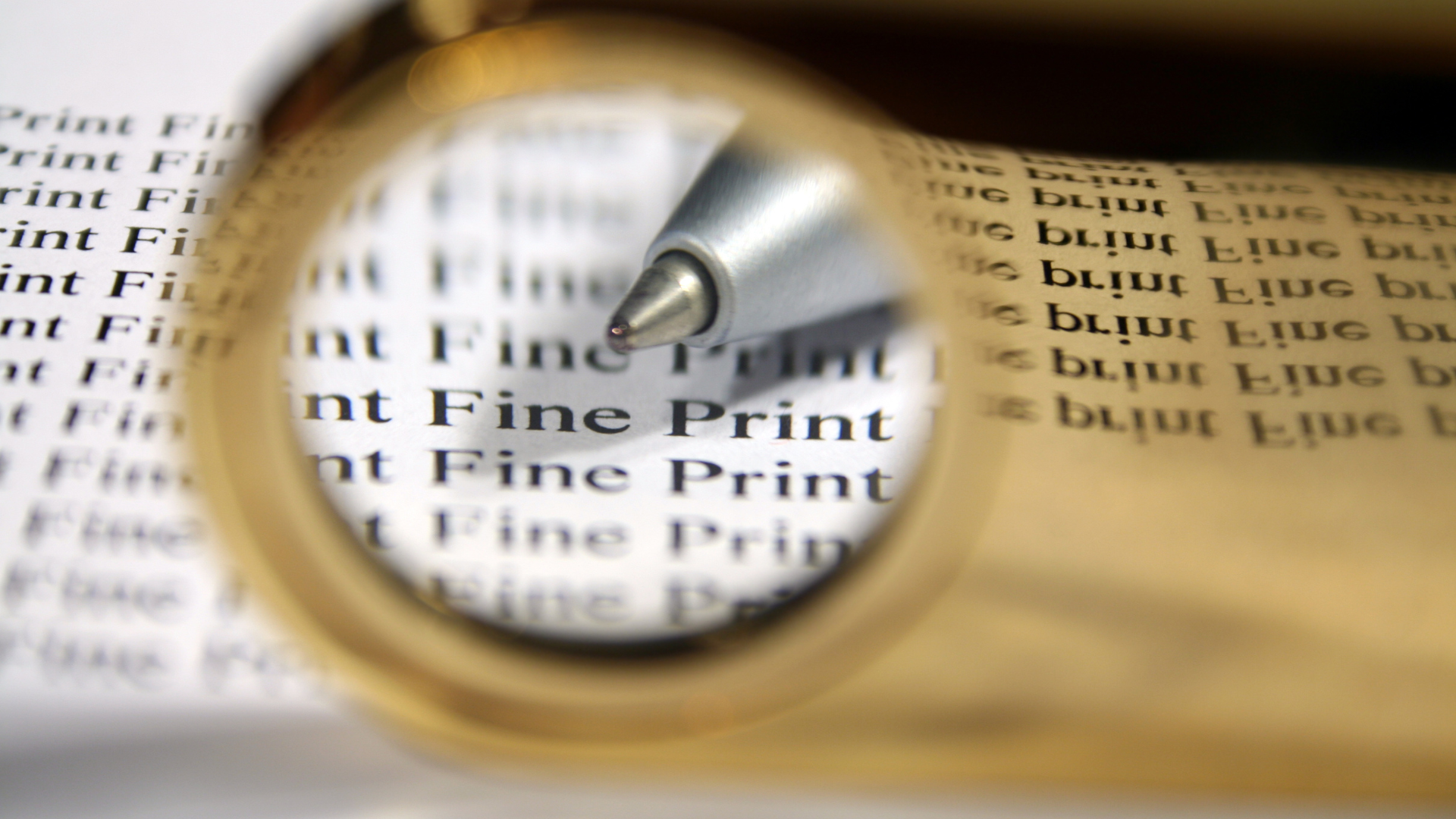
By Linda Spencer
•
March 19, 2014
More people are writing in print script everyday. How does this fit with communication in a high tech world? People who print and prefer to print are preoccupied with the accurate communication of facts unaltered by imagination. Printers are visual learners, and they constantly strive for efficiency.
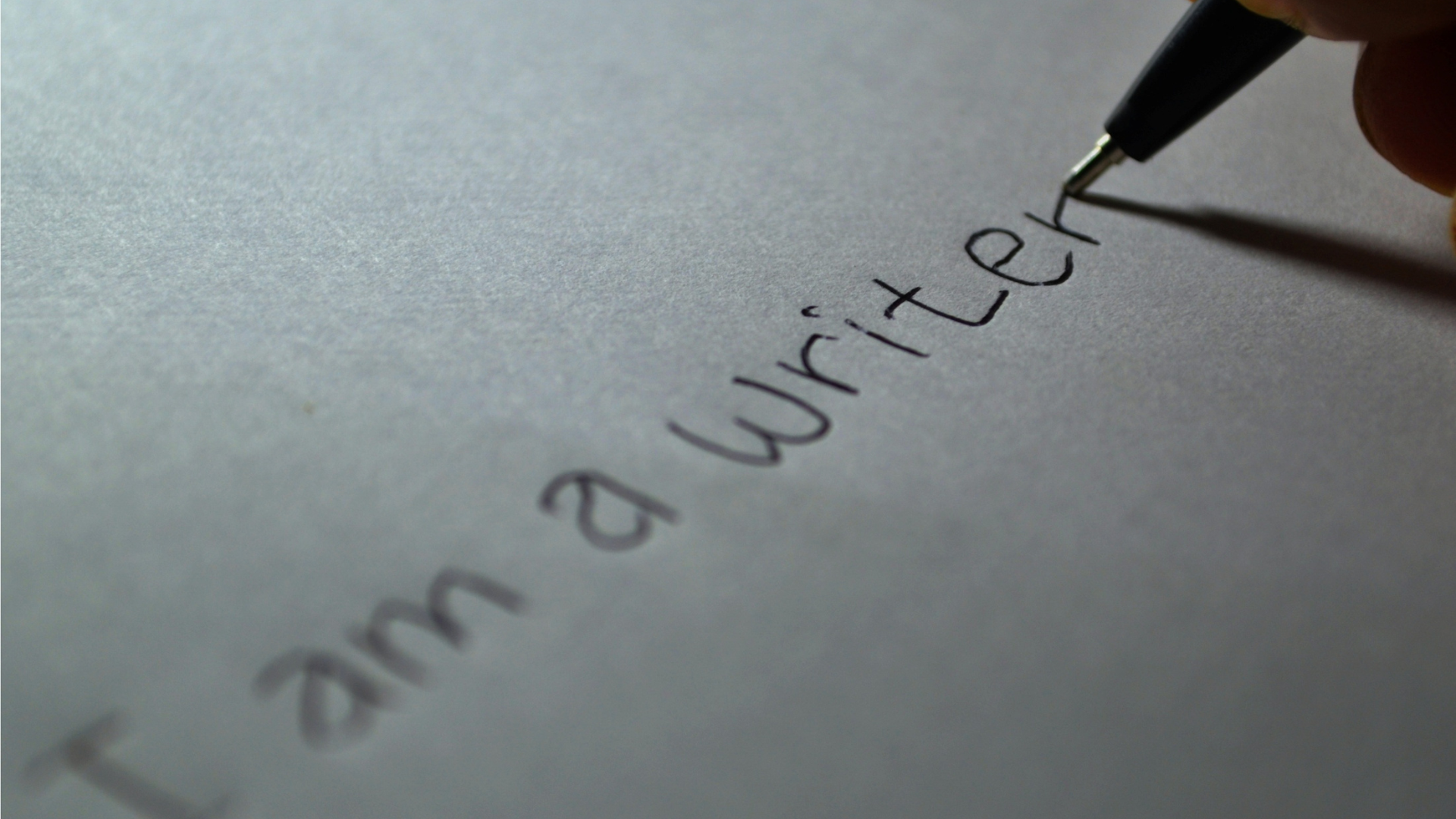
By Linda Spencer
•
March 3, 2014
Many of you are aware that more and more people are printing today rather than writing in cursive. I am often asked what handwriting analysis reveals about the personality of printers. Printing fits very well with our high tech world and is reflective of the culture we live in. The models and styles of handwriting have changed over the decades and handwriting from the time periods reflect our cultural changes.For example,look at handwriting from Victorian times with it's ornateness and compare it with today's almost stick like hand printing. It is easy to see a huge difference. People who print and prefer to print are preoccupied with the accurate communication of facts unaltered by imagination. They are visual learners and are often artistic. They prefer to get straight to the point when speaking and acting and want the same response in return. Printer's usually are highly efficient. They will not waste time or resources and will seek the quickest method to achieve results. They like simplicity and often have good taste. Printer's can find it difficult to bond with others as they prefer to leave their feelings out when communicating. They like to have control over situations and over their environment. They enjoy working independently. Printing in all caps reveals the person who does not want others to know who they really are. Many anonymous notes are printed. How does this fit with the printers you know? Are you a printer?
© 2025
All Rights Reserved | Illinois Forensic Handwriting Experts

